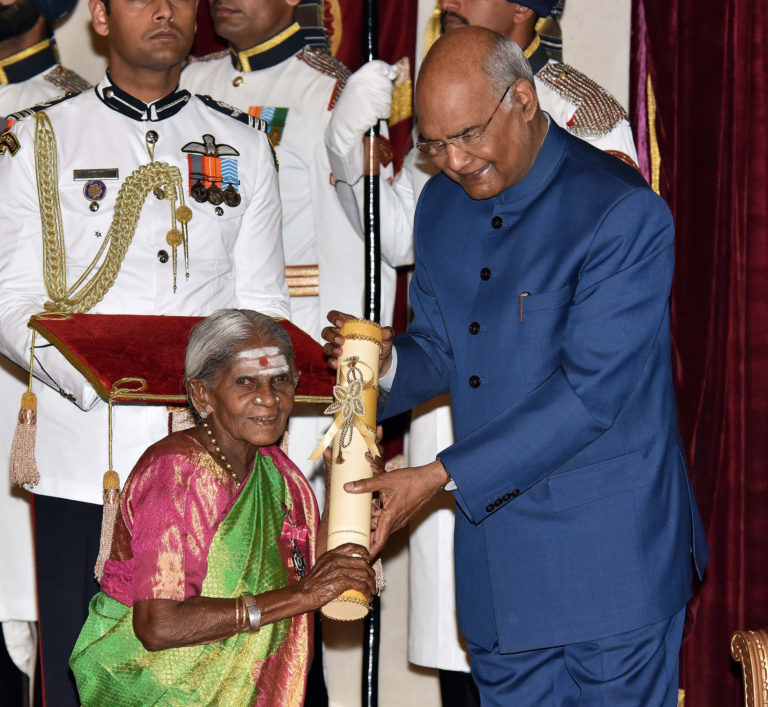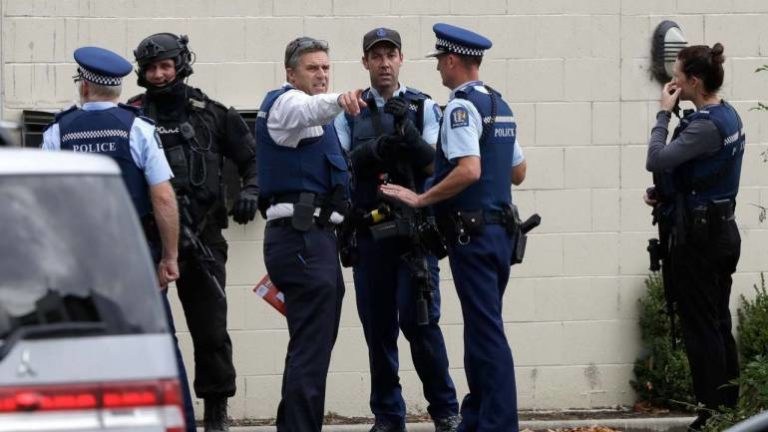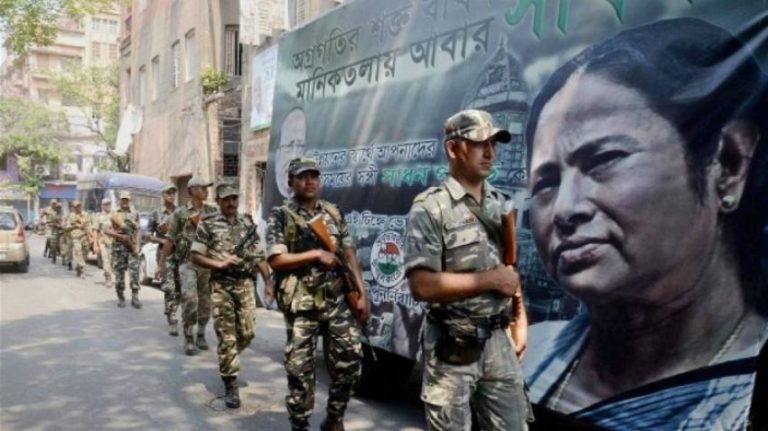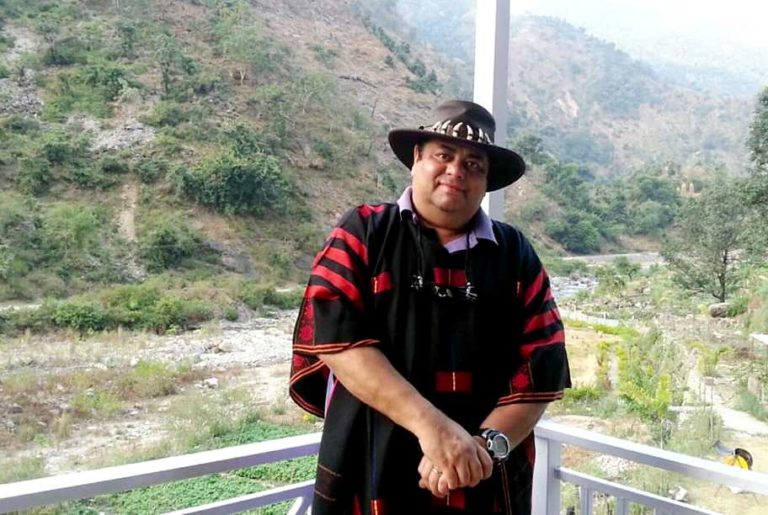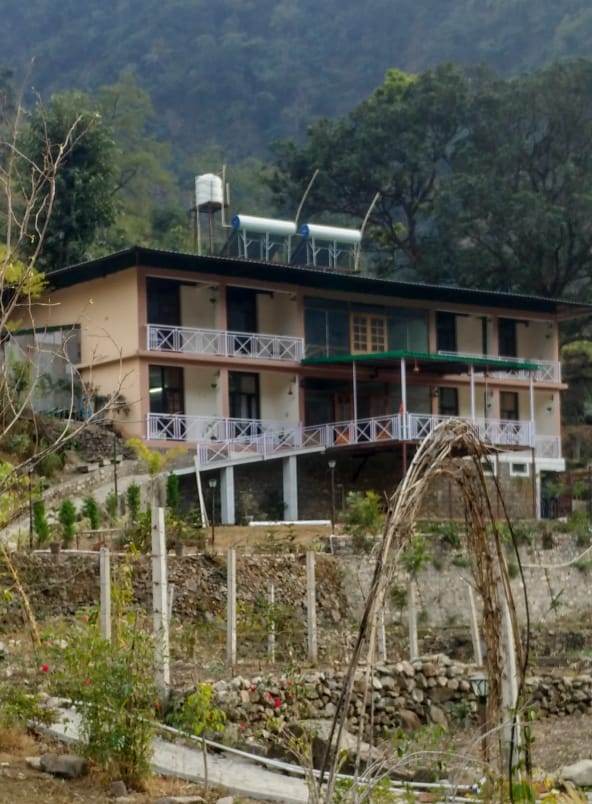Time Magazine reported on a man from Alabama who is, in fact, filing a lawsuit against a reproductive health center for an unborn fetus.
This is stated as, potentially, one of the first cases of this. A lawsuit based on the purported rights of an aborted fetus.
Obviously, the Alabaman has sincere beliefs as to the rights and privileges — legal and otherwise — of the fetus. The question is truly if this fits into a standard human rights framework or only in the minds of a minority of the American public aligning themselves within the perspective of the man from Alabama.
“Ryan Magers, who says his ex-girlfriend had an abortion against his wishes, filed a lawsuit against the Women’s Center for Reproductive Alternatives in Madison Country, local CBS affiliate WHNT News 19 reported Tuesday,” Time Magazine stated.
In the papers filed to the court for the lawsuit, Magers stated that the ex-girlfriend took a pill to terminate or end the pregnancy on February 12, 2017, in spite of the pleas of keeping the baby, by Magers.
Of course, this implies, if taking the testimony of Magers, a strong difference of opinion on the eventual birthing as a child after the fetus sufficiently developed or the actual termination of the fetus — not a baby.
Time Magazine said, “This week, an Alabama probate judge granted Magers’ petition to represent the estate of the fetus, which the suit calls “Baby Roe.” But according to WHNT, the court papers do not make it clear that “Baby Roe” was an aborted fetus.”
A jury trial is being sought, purportedly, by Magers, where Brent Helms will be the attorney for Magers. Helms is claiming the case breaks legal ground, as a Baby Roe case — so to speak. This appears as if an explicit attempt to build off the success of the Roe v Wade decision of 1973 in the United States.
This is, for a Canadian audience, akin to the Criminal Law Amendment Act, 1968–1969 superseded and expanded, in a sense, by the R v MorgentalerSupreme Court of Canada decision from 1988.
The name “Roe” is a reflection of “John Doe” for the everyman but for the everywoman, “Jane Roe.” It is intended as a general law. The current context is, in this sense, for the “Baby Roe” to mirror this. Ironically, the traditionalist strain wants to have the women and children take the man’s name.
But, in this case, the every-child, or, rather, the every-fetus, takes on the name of the mother, the everywoman Jane Roe.
Helms said, “This is the first estate that I’m aware of that has ever been opened for an aborted baby.”
Alabama stated that the unborn fetuses have identical rights as an individual born in an amendment from last November. It has been marked a victory by some.
It is part of the growing movement called the “Personhood Movement.” Their sole goal is the constitutional rights of personhood being granted to a fertilized egg — a single cell. In this, we can see the influence of traditional religious ideological stances about the moment of conception.
“The same legislation also says that the Alabama constitution does not protect a woman’s right to an abortion — language added in the event of Roe v. Wadegetting overturned,” Time Magazine described, “The Supreme Court’s landmark 1973 Roe v. Wade decision granted women in the U.S. the legal right to abortions. The addition of conservative justice Brett Kavanaugh on the bench has raised concerns among pro-choice activists that women’s right to abortion in the U.S. may come under threat.”
Pro-choice activists are beginning to talk more about this and view this as a scary development for some of them.
Photo by Jason Thompson on Unsplash



